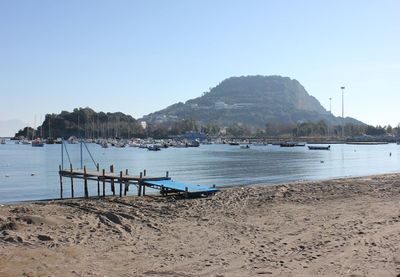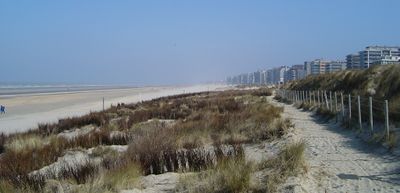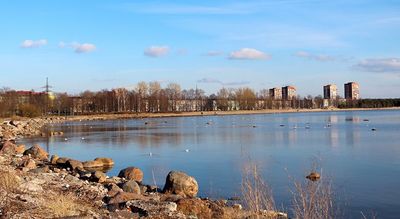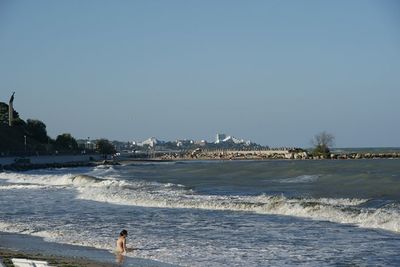Output 1 - The COLAND Online Course: Difference between revisions
| Line 12: | Line 12: | ||
== Learning Objectives == | == Learning Objectives == | ||
The instructional design of the COLAND course aims at supporting the development of the following set of competences among the learners: | |||
=== Subject-specific competences === | |||
...learners have an advanced understanding of: | |||
*The specific character of coastal landscapes | |||
*The driving forces that are influencing the landscape system | |||
*The impact types that are most relevant for planning and design responses | |||
* Approaches and methods for assessing coastal landscapes | |||
*The global, European and local dimension of coastal landscapes | |||
*Challenges to the Sustainable Development Goals | |||
=== Methodical competences === | |||
...learners become able to: | |||
*Assess coastal landscapes in a systematic and transparent way | |||
*Translate sustainable SDGs to the local and regional situation | |||
*Develop strategies and/or master plans for coastal landscapes | |||
*Make well-argued plans and designs for coastal landscapes | |||
*Present ideas and plans | |||
=== Social and personal competences and attitudes === | |||
...learners experience a mindset shift towards: | |||
*Taking the sensitive nature of coastal landscapes into account | |||
*Taking responsibility for sustainable development | |||
*democratic leadership | |||
*Respecting local social values and qualities of the existing landscape | |||
=== Generic learning outcomes === | |||
...learners train: | |||
*Working in interdisciplinary and multicultural teams | |||
*Making use of ICT for collaboration + design | |||
*Communicating + visualising results to different audiences, including lay people | |||
== Lecture materials == | == Lecture materials == | ||
Revision as of 09:30, 3 December 2020
In the light of the sensitive nature of coastal landscapes and their relevance to society, economy and the environment it is vital that planners and designers learn how to manage these territories in a sustainable way. The COLAND project has developed a learning format that addresses this specific challenge.
In this section we provide all teaching and learning materials our international and interdisciplinary team has developed during this project.
Learners can use these materials for self-study. If you are teaching in a spatial planning or design programme, feel free to use them for your own teaching and/or adapt them to your needs. This section focuses on providing access to materials.
If you are interested in the didactical and organisational framework of this course, please also consider our Guidance Report and the COLAND Tool-Box.
Learning Objectives
The instructional design of the COLAND course aims at supporting the development of the following set of competences among the learners:
Subject-specific competences
...learners have an advanced understanding of:
- The specific character of coastal landscapes
- The driving forces that are influencing the landscape system
- The impact types that are most relevant for planning and design responses
- Approaches and methods for assessing coastal landscapes
- The global, European and local dimension of coastal landscapes
- Challenges to the Sustainable Development Goals
Methodical competences
...learners become able to:
- Assess coastal landscapes in a systematic and transparent way
- Translate sustainable SDGs to the local and regional situation
- Develop strategies and/or master plans for coastal landscapes
- Make well-argued plans and designs for coastal landscapes
- Present ideas and plans
Social and personal competences and attitudes
...learners experience a mindset shift towards:
- Taking the sensitive nature of coastal landscapes into account
- Taking responsibility for sustainable development
- democratic leadership
- Respecting local social values and qualities of the existing landscape
Generic learning outcomes
...learners train:
- Working in interdisciplinary and multicultural teams
- Making use of ICT for collaboration + design
- Communicating + visualising results to different audiences, including lay people



